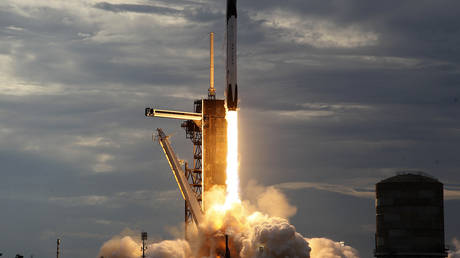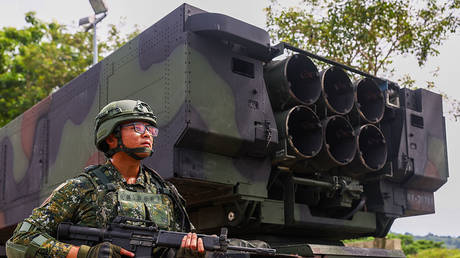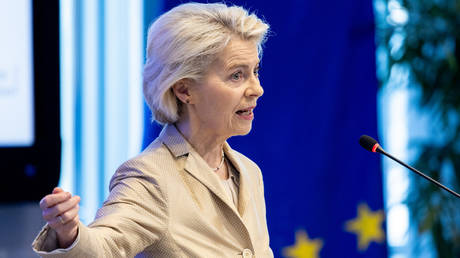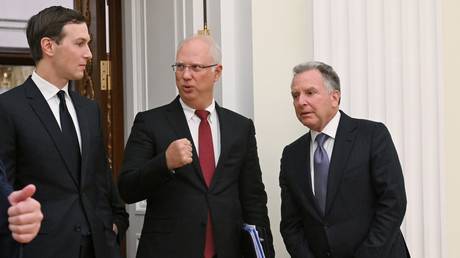
The Falcon 9 has successfully blasted off on a private mission carrying Saudi and American astronauts to the ISS
A SpaceX Falcon 9 rocket successfully launched from NASA’s Kennedy Space Center in Florida on Sunday, on a mission from the Houston-based company Axiom Space. It also carried the first Saudi woman to travel to the cosmos.
The mission, dubbed Ax-2, is Axiom’s second private mission bound for the International Space Station. The company utilized SpaceX’s Dragon spacecraft, named Freedom, to carry the crew and the Falcon 9 to deliver it from Earth’s atmosphere.
Shortly after liftoff, the first stage of the Falcon 9 rocket successfully performed a boost-back burn to SpaceX’s Landing Zone-1 and touched down safely about seven minutes and 45 seconds after launch.
The Dragon then detached from the Falcon 9’s upper stage some 12 minutes after liftoff and headed to the ISS to perform a docking scheduled for Monday.
Aboard Freedom are the first two Saudi Arabian nationals to travel to the ISS, including stem cell researcher Rayyanah Barnawi – the first Saudi woman ever to enter space. Joining the Ax-2 as mission pilot is businessman John Shofner, who paid out of his own pocket for the trip.
Leading the mission is commander Peggy Whitson – a former NASA astronaut who has spent 665 days in space throughout her career, more than any other American or any other woman, and was also the first woman to serve as commander aboard the ISS. She currently works as Axiom’s director of human spaceflight.
The four-person crew is expected to spend eight days aboard the ISS, living and working alongside the seven astronauts currently residing there. They will also conduct independent research, including into how people that have not undergone rigorous training will react when first introduced to microgravity.
Axiom has announced plans to further develop commercialized spaceflight and even launch its own free floating private space station by the end of the decade. The first module of this future station is expected to be sent up to the ISS next year, with another three pieces to follow by the end of 2027.




